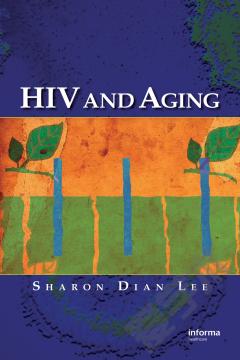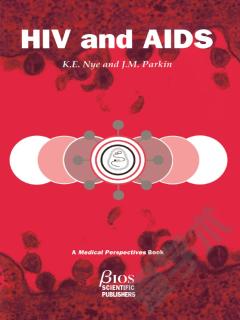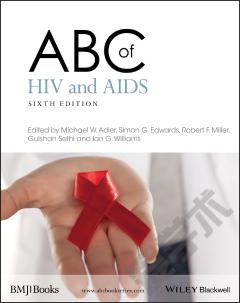HIV and Aging
Despite decades of attention on building a global HIV research and programming agenda, HIV in older populations has generally been neglected until recently. This new book focuses on HIV and aging in the context of ageism with regard to prevention, treatment guidelines, funding, and the engagement of communities and health and social service organizations. The lack of perceived HIV risk in late adulthood among older people themselves, as well on the part of providers and society in general, has led to a lack of investment in education, testing, and programmatic responses. Ageism perpetuates the invisibility of older adults and, in turn, renders current medical and social service systems unprepared to respond to patients’ needs. While ageism may lead to some advantages – discounts for services, for example – it is the negative aspects that must be addressed when determining the appropriate community-level response to the epidemic.
{{comment.content}}








 京公网安备 11010802027623号
京公网安备 11010802027623号